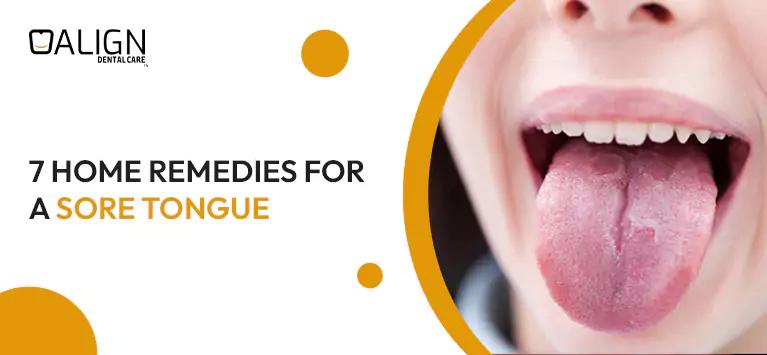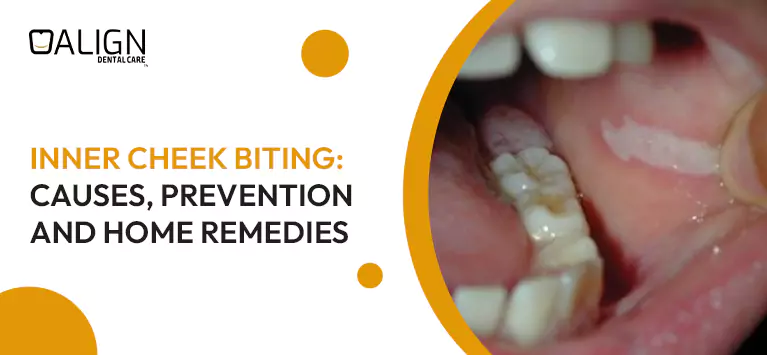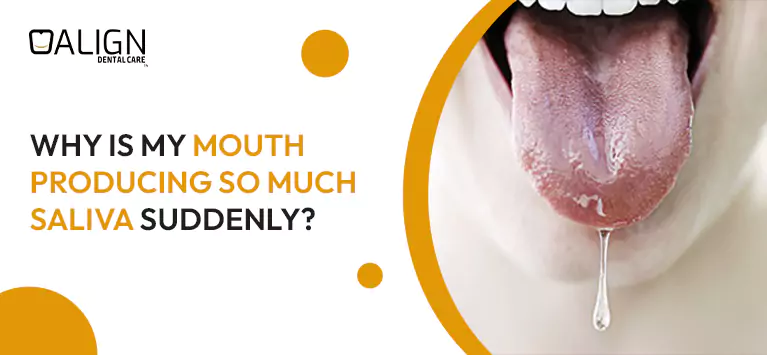What does gum line cavity mean?
Cavity is the most common dental problem that affects many people. According to the National Oral Health Survey of India, 69.3 percent of people suffer from tooth cavities (in the 35–44 age group). It can form anywhere on the teeth.
Many people do not know the difference between gum line cavities and other types of cavities.
This blog will explain to you in detail what gum line cavities are, what causes them, and how to treat them.
What is gum line cavity?
A gum-line cavity is one of the common dental conditions that affect the space between the gums and the teeth. Usually, this occurs if the root of a tooth gets exposed as a result of receding gum tissue, leaving them vulnerable to tooth decay or severe toothache. It is caused by pressure on these sensitive places.
In some cases, the gum line might develop cavities that reach the crown and the root.
However, a more extensive treatment might be required to prevent the cavity from growing larger.
What are the causes?
The same factors that lead to other forms of cavities such as germs, sugar, and excessive dental plaque also cause gum line cavities.
- Plaque and tartar buildup – Oral bacteria combined with food debris and form a sticky substance called “Plaque” on teeth over the gum surfaces. If it is not eliminated, it might harden into tooth calculus, commonly known as tartar. The accumulation of bacteria at the gum line leads to cavities, which are easily made by tartar.
- Sugary foods – When you consume sugary foods, the sugars compounds feed oral bacteria. It makes oral bacteria to produce acids that erode the enamel of your teeth. Over time, these cavities are deep holes that can develop in your teeth as a result of the acids.
What are the common reasons?
1) Poor oral hygiene
If you are not brushing and flossing your teeth properly on a regular basis, not visiting the dentist for routine checkups, or eating and drinking sugary and acidic foods and beverages may lead to tooth decay, gum disease, bad breath, gum line cavities, and other dental issues.
2) Aging
We are more likely to get gum line cavities as we become older and produce less saliva naturally. Moreover, older adults might find it challenging to maintain a regular brushing and flossing routine due to physical restrictions and diminished agility.
3) Dry mouth
Xerostomia, another name for dry mouth, is when the body generates less saliva than is needed. The result may be an unpleasant sensation of throat and mouth dryness. A decrease in protective saliva may increase the likelihood of gum disease and tooth decay.
4) Receding gums
The tooth roots become visible as the gums recede. Gum recession increases the risk of cavities in tooth roots because they are covered in cementum rather than enamel.
What are the symptoms?
You might not even initially be aware that you have a cavity because they typically begin out small. But there are several danger indicators to look out for.
- Toothache
- Extreme sensitivity while consuming hot or cold food or beverages
- The sensitivity to sweets
- Stains or discoloration on your tooth’s surface
- Small pits or holes in your tooth.
How can you prevent this?
You can take the following steps to prevent them from happening. Including,
- Using toothpaste with fluoride to brush your teeth every day.
- Regular flossing of your teeth aids in the removal of food particles from between the teeth.
- Visiting the dentist twice a year for dental check-ups and tooth cleaning.
- Using peroxide and chlorhexidine mouthwashes or mouth rinses.
- Avoid tobacco products
- Drink plenty of water.
- Eat a healthy, balanced diet that is low in sugary and acidic foods and drinks.
How can you treat this?
Gum line cavities can be treated with restorative techniques, similar to other forms of dental cavities. There are many options depending on severity of the cavity.
- Composite fillings – If you have smooth surface cavities that develop close to your gum line and do not involve any dental roots, a composite filling can be done to restore your smile.
- Root Canal Treatment – If the cavity is below the gum line, things can be more challenging depending on the size of the cavity. For instance, these types of cavities may require root canal therapy or even minor gum surgery.
When the cavity extends below the gum tissue, this is probably the situation. Your dentist will assess your specific condition before making a treatment recommendation.
Take away
You might aware that cavity occurs in a tooth’s smooth surface, biting surface and even in internal regions if the infection progresses deeply.
Likely, cavities can occur in the surface of tooth covered by gums. Dentists called it as gum line cavity. As we said before, it is a prevalent condition and be rectified with appropriate dental treatments. It’s crucial to understand the distinction between the different types of cavities and how to prevent them and how the dentist will treat them.
Remember that the risk of developing these cavities can significantly be reduced by practicing good oral hygiene, good eating habits, and getting regular dental check-ups.














